BMW M2 Competition Review: First Drive
There's nothing that comes close to power sliding a BMW with M moniker all the way on a twisty track. We took the BMW M2 Competition for a quick spin around the Portimao Circuit to see what lays ahead.
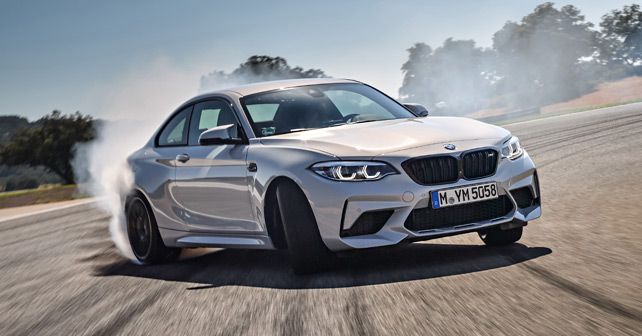
The baby M is finally coming to India. And, with it, even you can pull off tyre shredding slides like this. Read on to find out how and why the M2 Competition truly hits the M-sweet-spot!
In June 2014, BMW invited us to the incredible Portimao circuit in the Algarve region of Portugal to drive the then-new M3. And while the M3 was absolutely tremendous – as you would expect frankly – what truly piqued my interest was the line-up of all the previous generation M3s in the paddock.
Now, there’s no point hiding the fact that I’m a BMW fanboy – and especially an M-fanboy. My first car was an E30 325is from the late 80s. My present day garage houses an E36 325i from the early 90s and a current generation 328i. So, as hard as I may try, don’t expect me to be entirely objective through this review. But, the thing is, why should I be completely objective? After all, these machines are all about just how much they tug at your heartstrings. You don’t really need an M-car, you want one – badly!
Spiritual successor to the original M3
Now, back to Portugal for a minute. You see, I stayed on beyond the scheduled drive of the current-gen M3 so that I could get my hands on the original – the E30 M3. You can check out the full review on our website (autox.com), but to break it down quickly – the original M3 was built so that BMW could homologate it to go touring car racing. As it turned out, the M3 went on to become one of the most successful tin-top racers ever. And you can really feel these motorsport roots when you get behind the wheel.
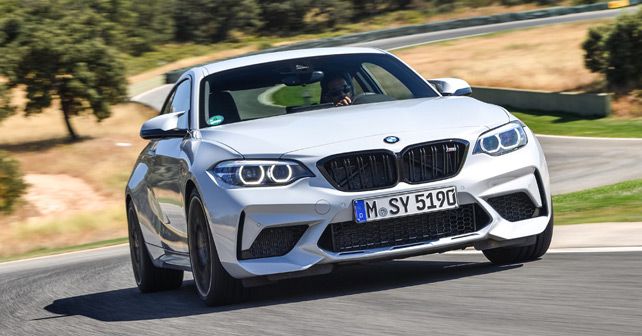
The E30 I drove was one the last few examples – the Sport Evo with a 2.5-litre naturally aspirated four-cylinder engine that produced just shy of 240 horses. It felt like a proper motorsport motor – incredibly free revving, and it worked best when you raced it all the way to the 7,000rpm redline. But, more than the motor, it was the rest of the car that felt tactile and chuckable in a way that heavy modern cars with big wheels and tyres just don’t. This would lean into a corner, tell you exactly how much grip was available, and then wag its tail on the way out. It was all very organic and playful.
But why am I going on-and-on about the M3, when we’re here to talk about the M2 – and the M2 Competition specifically? Well, over the years, the M3 has grown in power, size and comfort. The days of the small, chuckable M3 are long gone. It remains an extremely formidable performance car of course, but one that’s very different in character to the original. And that’s where the M2 comes in. It’s smaller, lighter and more approachable – all of which makes it the spiritual successor to the original M3.
Motor from a current M3
This is a car that I, for one, have wanted to see on our roads for a very long time. But BMW India hasn’t been so keen – until now that is! BMW Global, in fact, has been a little reluctant about introducing a proper M-car under the M3 – for fear, perhaps, of cutting into the market of its bread-and-butter performance car. But the 1M coupe was so successful that they had to introduce an M2 – and now the M2 Competition, which finally gets the 3.0-litre, turbocharged petrol motor from the M3. In the M3 and M4, it produces 425 horses, while in this case it’s restricted to 405. But that’s still plenty! It also fills the smaller engine bay very nicely indeed – cradled as it is by a beautiful carbon fibre brace (as it is in the M3 and M4 as well). The best part about the fleet of M2’s that BMW had for us to sample – on the road, as well as the track – was the fact that both the 6-speed manual and the 7-speed dual-clutch automatic transmissions were available.
Fortunately – and I say this as a die-hard manual transmission fan – the manual appears to be having a moment at present. Models such as the Porsche Carrera T, with a manual transmission, are flying off the shelves in the West. Porsche has even brought back the manual GT3! Sure, paddles shifters are quicker and more efficient than my trusty old limbs, but I much prefer the engagement that a clutch pedal and gear lever offers. Thankfully, I’m not alone. After all, my everyday car is not my race car – so I don’t mind giving up a few tenths of lap time in exchange for a deeper connection with the machine. And this is precisely why I chose to drive only the manual M2 – both on the road and on track.
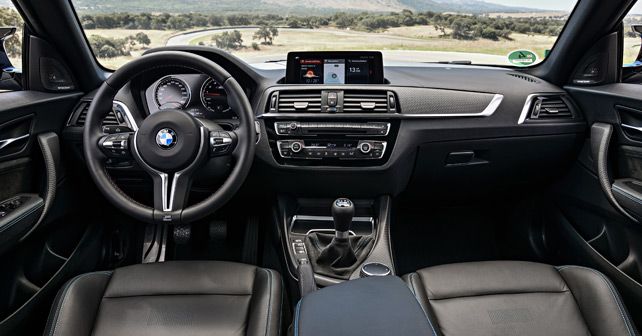
And what a sweet shifting manual it is. In typical BMW style, the throws are incredibly sharp and precise. The clutch pedal is light, and it all just adds another dimension to driving a performance car like this – especially since all the fast cars we sample these days have automatic transmissions. In fact, in India, you can’t buy a fast manual machine. Sure, you could special order a Porsche, but that’s about it. So, brining in the manual M2 – in addition to the DCT of course – could be an interesting differentiating factor for BMW, especially since the profile of buyers for this car would be hard core driving enthusiasts. You see, the M3 – with its four doors – can still double up as a family car, whereas the smaller M2 coupe is very clear about who it caters to. This car is all about who’s in the driver’s seat. And, while the rear seat is actually reasonably comfortable and spacious, there’s absolutely nothing for innocent, unsuspecting passengers to hold onto while they’re being flung around in the back, as the driver revels in the performance of this machine. Let’s just say that it would be nice if there was a grab handle of some kind in the back.
But, let’s stick with the driving experience – because that’s where it’s at in this machine. This was my first time at the Ascari race track in southern Spain. I say race track, it’s actually a race resort! And what a place – it’s everyday adult male’s dreamland. Race track, garage, palm trees and a swimming pool – what more could one ask for? Now, we only got a handful of laps on the track, but I was able to start pushing immediately. There’s simply no trepidation when you’re approaching the limits in this car. You can simply get into the driver’s seat, get onto an unfamiliar race track and start pushing the envelope instantly.
As obedient as a golden retriever
The M2 is as playful and obedient as a golden retriever. Fast cars are meant to be just that little bit intimidating, but this isn’t. Being a high powered rear wheel drive car it’ll wag its tail only as much as you want it to. The motor is a dream, as it is in the M3, but in this case it feels even more urgent because the M2 is smaller and lighter. The manual transmission falls perfectly to hand, but the motor has so much mid-range torque that you hardly need to change gears. Touch the accelerator pedal anywhere between 2,000 and 7,000rpm and the M2 lunges forward. The brakes, even though carbon ceramics aren’t offered, are brilliant and offer a lot of confidence. And the handling? Well, it’s simply sublime. You hold the steering wheel with a very light grip because it’s so tactile. It’s not overly damped or heavy. Every millimetre of input on the steering wheel is transmitted to the road. If I’m gushing, it’s because the M2 Competition really is that good.
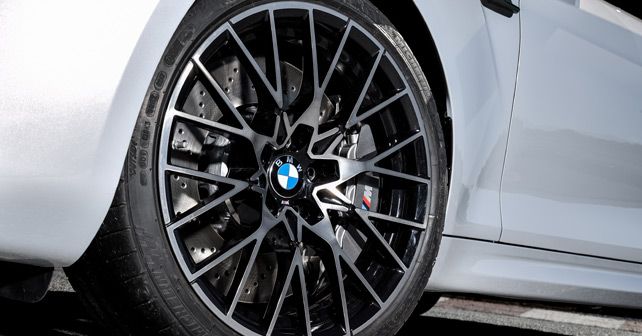
On the road as well, it’s equally good. The M3, on our roads, can be back breaking because of its firm ride. This, meanwhile, on some of the broken rural roads around the track, seemed very well damped and quite forgiving – despite those beautiful 19-inch forged alloys. And the M2 felt like it was exactly the right size for the tight and twisty mountain roads in southern Spain. It just seemed to flow from corner-to-corner seamlessly. It allows you to form a rhythm from behind the wheel in a way that only the best driver’s cars can.
I’m trying very hard to say something negative about this car – really, I am – but I appear to be failing miserably. Well, the cabin is quite tight, but that just adds to the intimate relationship that you develop with this machine. Okay, here’s something – the digital instrument cluster is quite uninspiring when compared to a nice set of analogue gauges – especially M-spec gauges. That’s about it really, I genuinely can’t think of anything else. Well, other than the fact that it will be expensive – expect it to be slightly north of one crore.
That’s a lot of money for a machine that only true enthusiasts will appreciate – but that’s the point, isn’t it? Those who know, will know. Those who don’t – well, they don’t matter anyway!
Engine: 2,979cc / 6-Cylinders / 24 Valves / Two MonoScroll Turbochargers
Fuel: Petrol
Transmission: 6-speed Manual, 7-Speed DCT / Rear-Wheel Drive
Power: 405bhp @ 5,250-7,000rpm
Torque: 550Nm @ 2,350-5,200rpm
X-factor: The M-car that every enthusiast has been waiting for! Two doors mean that it can’t quite double as a family car – like the M3 – but that just makes it an even more focussed driver’s machine.
| Pros • Hits the M-sweet-spot • Playful nature |
Cons |
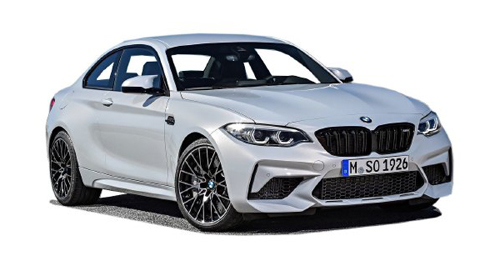

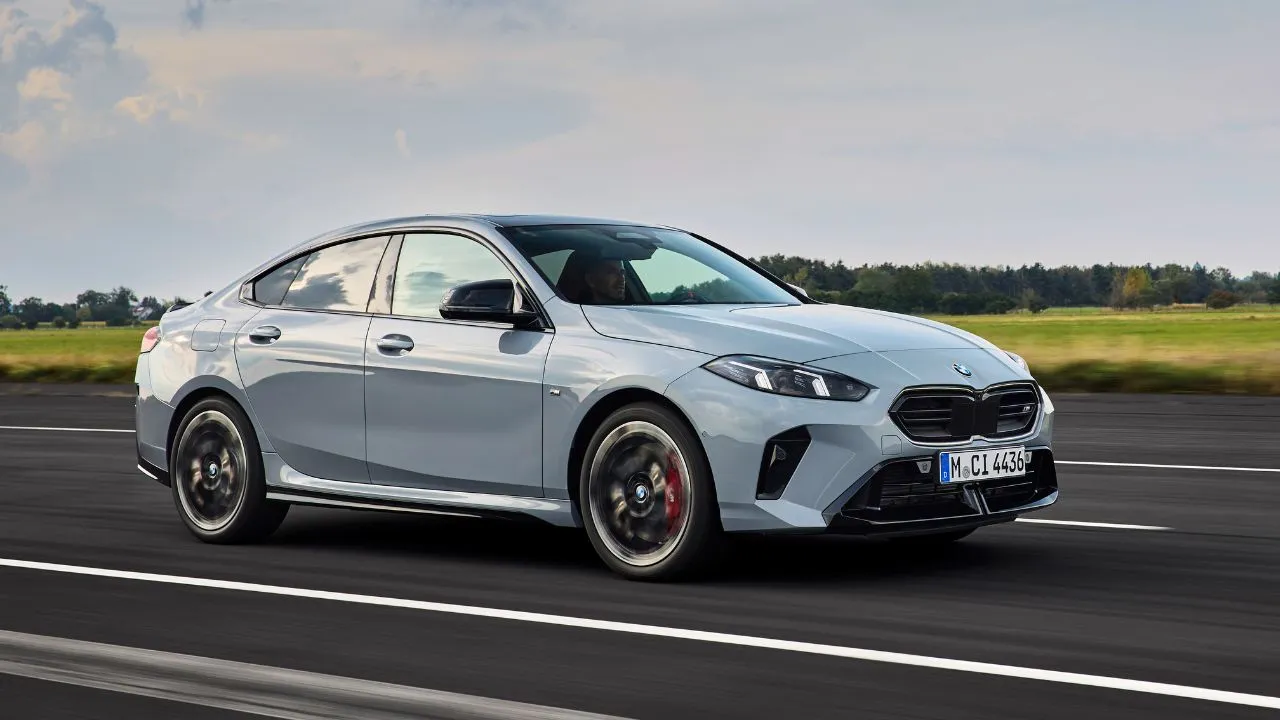


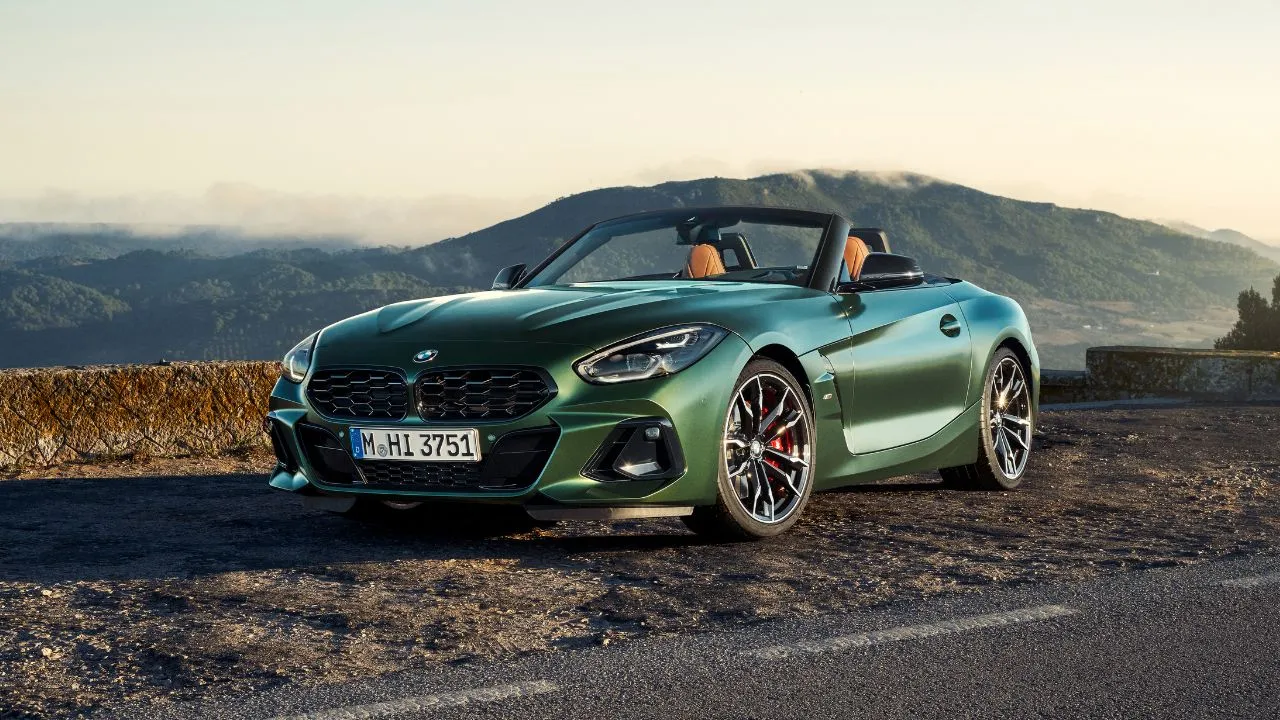

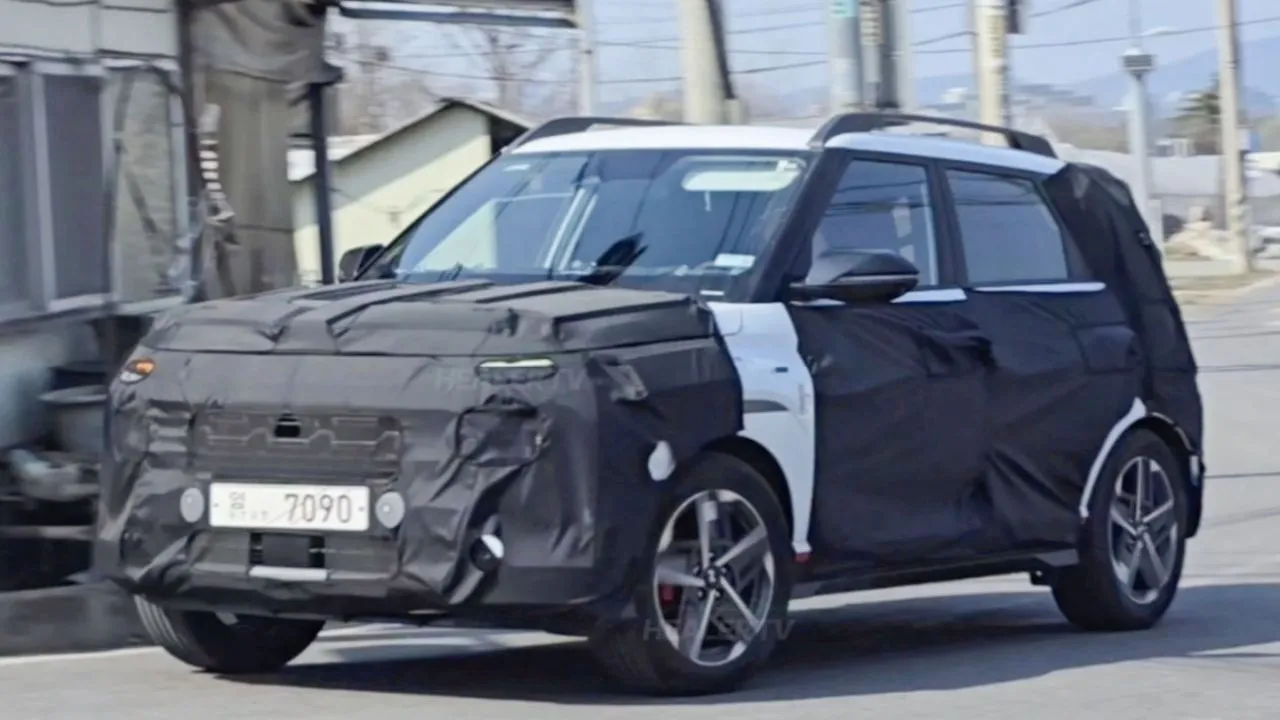
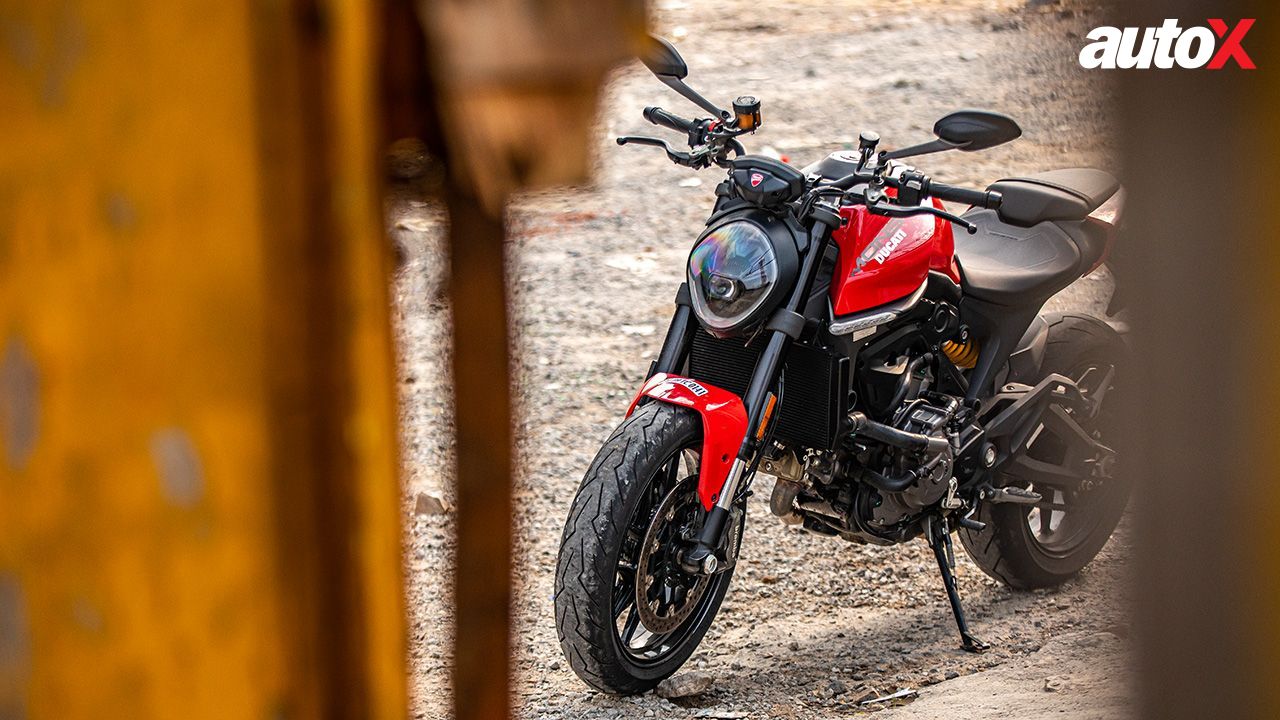
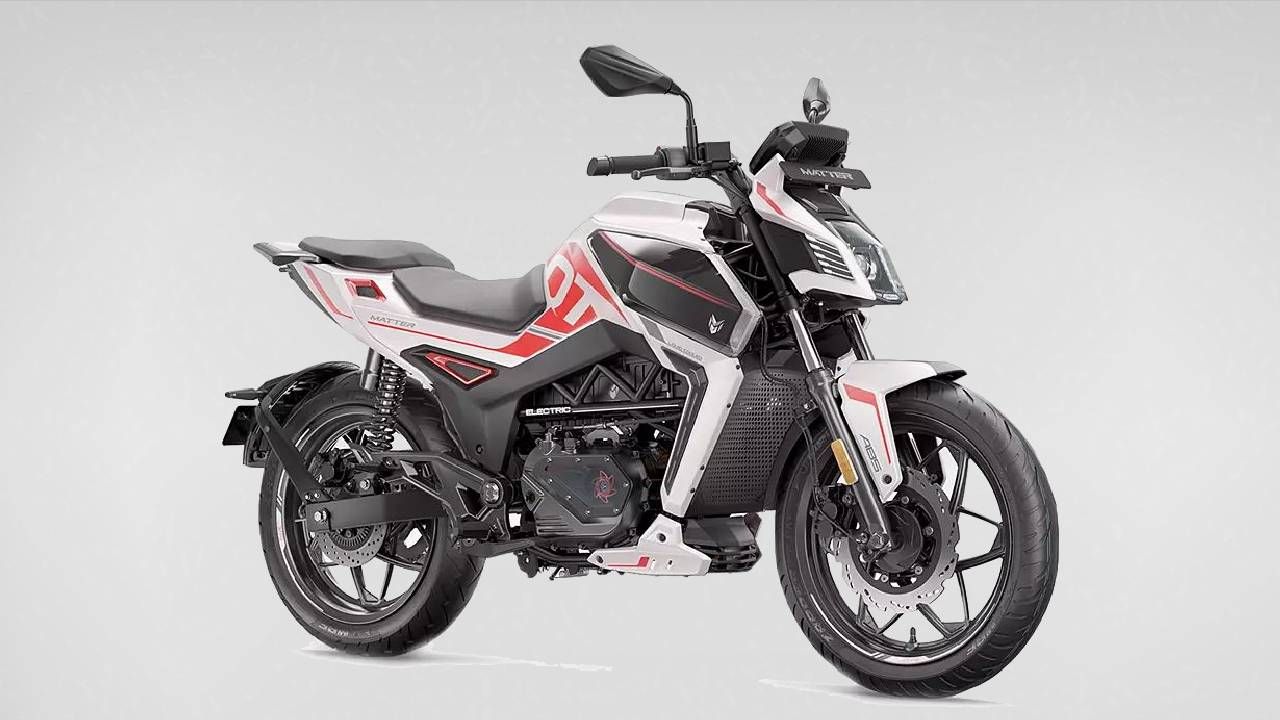





















Write your Comment on